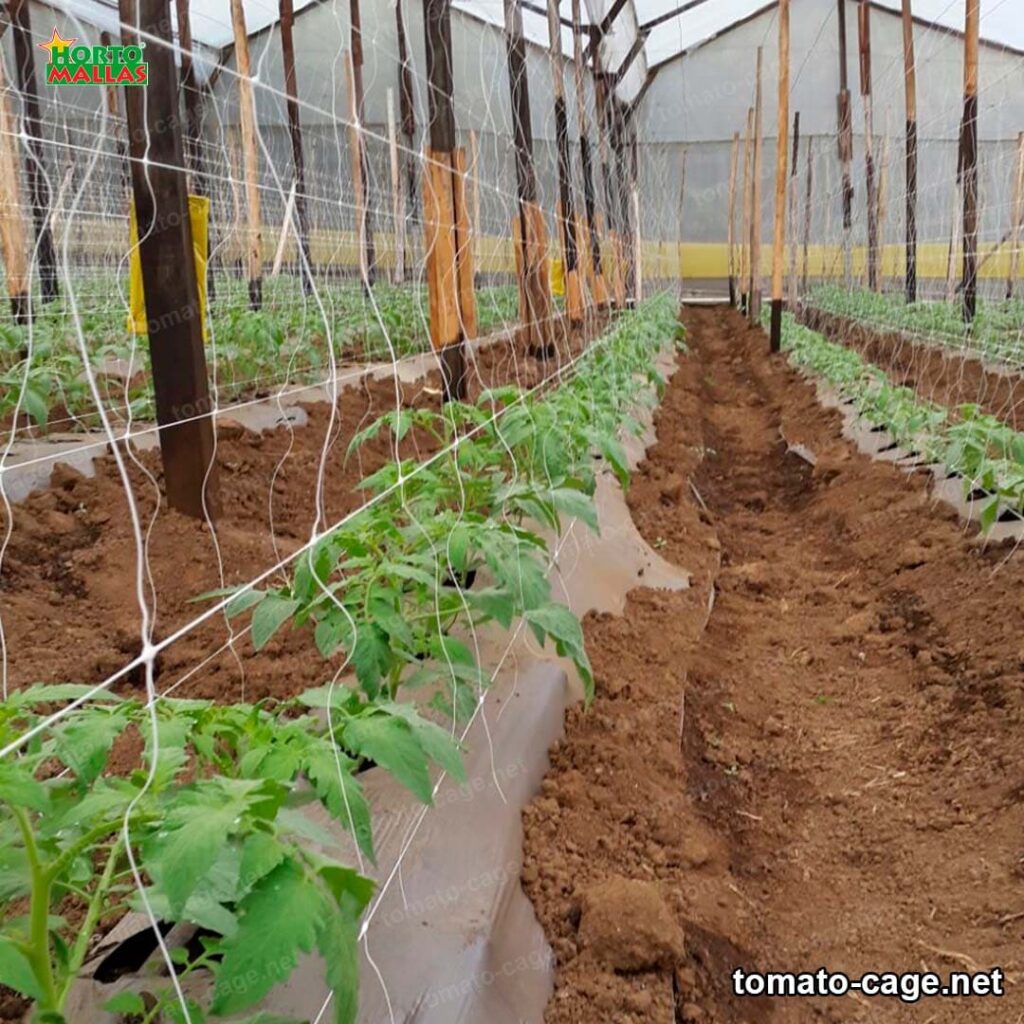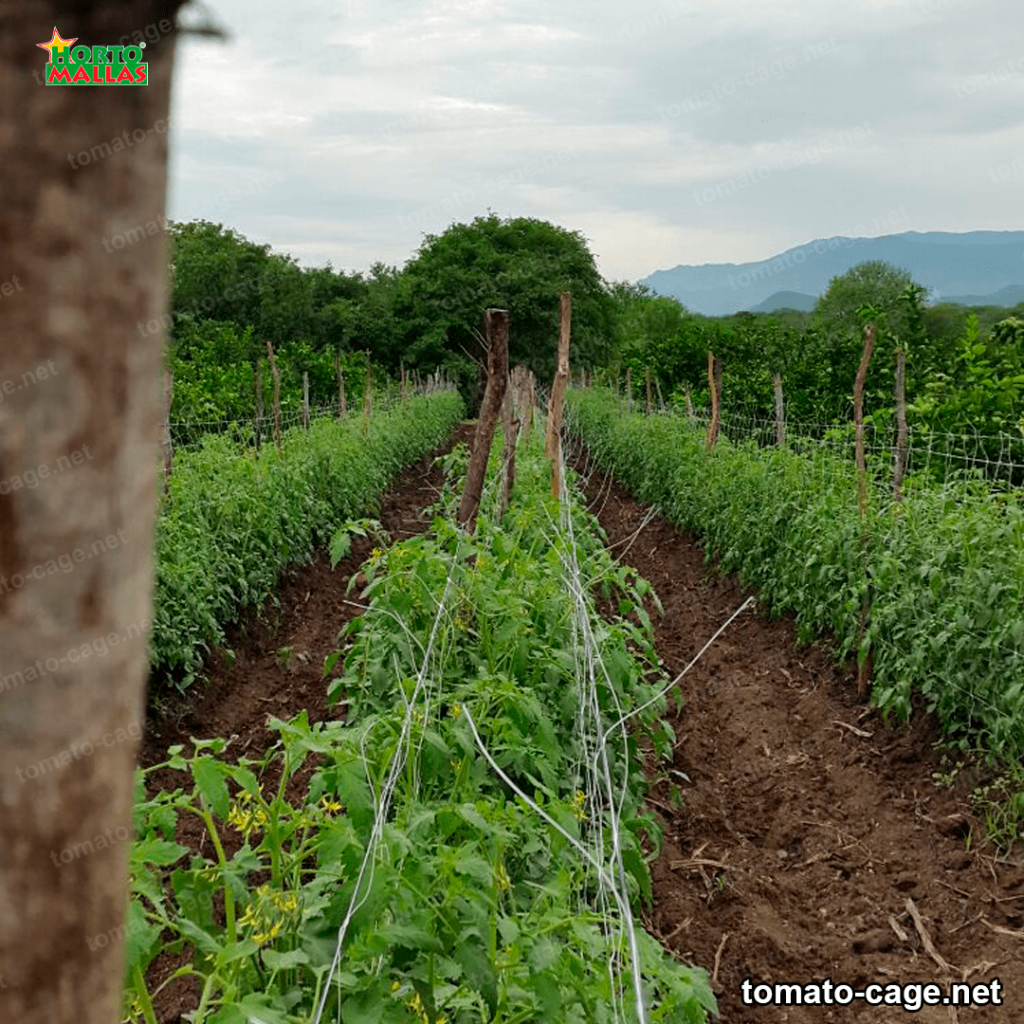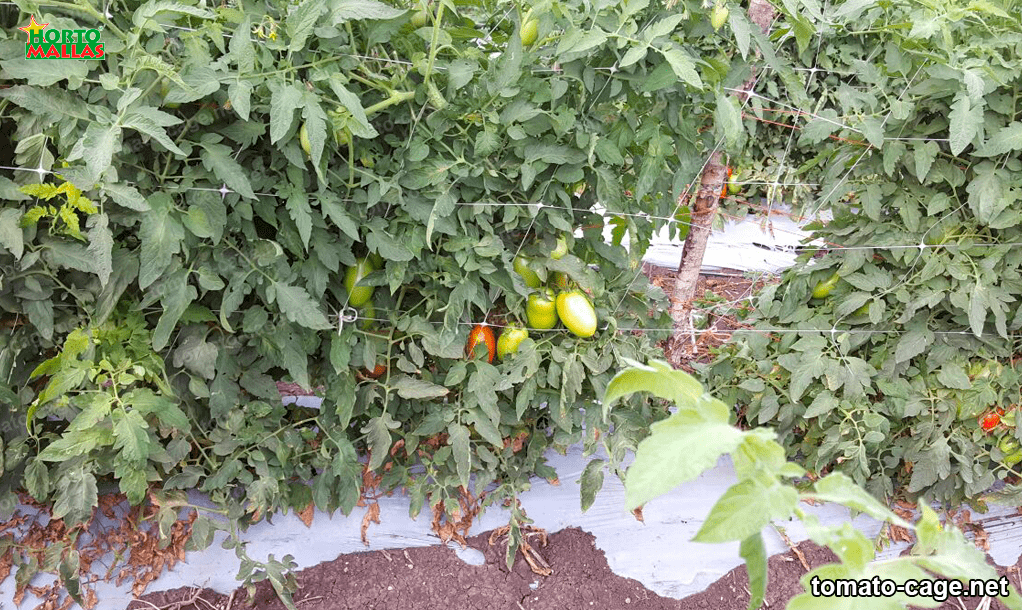Plant tomatoes is one of the most popular gardening activities among hobby gardeners. This iconic fruit is grown for both personal and commercial use.
There are many varieties of tomatoes, all with different flavors, textures and uses. This means there are several ways to plant tomatoes to meet your flavor and aesthetic needs. Here are the five best ways to plant tomatoes.
.
1. The first way to plant tomatoes is directly in soil from seeds. When you sow seeds early, you will be subject to a higher potential for frost and weed damage if you plant early. However, weed and frost control is essential to keep your tomatoes healthy and happy. When you use this option, you will have hardier tomatoes, but it will also cost you time and effort.
2. The second way is by cuttings. This is an ideal option for novice gardeners who don’t want to worry about seed maintenance and soil preparation. One disadvantage of this option is that cuttings can be expensive and even unavailable in some places. Also, tomatoes that have been cuttings will have a lower level of hardiness and will not be able to withstand adverse conditions like those grown from seed.

.
3. The third way is by transplanting. This is a good option if you plant your tomatoes in pots or in the garden. Transplants are simple to prepare and move and also allow gardeners to keep better control over soil conditions and weeds. Transplants also offer better resistance to adverse weather and conditions.
4. The fourth way is to transplant directly from a nursery. This is an excellent option for novice or beginning gardeners since buying a tomato ready for transplanting will take the selected condiments and prepare them for immediate use. This greatly simplifies the process of planting tomatoes, however, this option does have some costly drawbacks, such as the number of canned plants available for purchase.
.
5. The fifth and final option for planting tomatoes is planting in the greenhouse. This is an excellent option for those gardeners interested in quick results. While the initial costs of installing a greenhouse structure can be high, there are many benefits, such as greater control over soil, temperature and water levels. This is an excellent way to ensure early tomato production.
The tomato growing cage offers numerous advantages to growers who wish to grow tomatoes. These advantages include increased production due to easier access to the plants, better disease control and improved ventilation for moisture. When a grower grows tomatoes in a cage, he gets better access to the plants. This is especially important on hot days, as the high temperature makes it difficult to reach the plant at its normal level. The cage helps solve this problem, as the plant is closer to the grower than the soil would normally cover. In addition, the cage prevents the trunks of the plant from growing erratically. This is very important for production, as it ensures that the trunk always remains upright for maximum fruit set.
.
The cage also provides better disease control. To increase tomato production, growers must maintain a strict pest control regime. This is a difficult task when dealing with open ground, as there is a lot of communication between insects and you can’t get close to the plants. Cages help control this problem by encompassing the plant on a platform appropriate for the size of the production, and controlling the temperature variation, and air circulation that your plant is being exposed to. In addition, the cage can also offer auxiliary insect protection by ensuring that insects do not reach the plant easily.
Another advantage offered by the cage is better ventilation for humidity. To improve tomato production, it is necessary to maintain an adequate level of humidity in the growing area. This is difficult to achieve in open fields, as moisture disperses quickly, making it difficult to maintain a successful harvesting environment.

.
This is not a problem with cages, as they provide excellent ventilation around the plant, allowing it to grow without any disturbance. Like cantaloupe, the cage also helps to keep the soil well irrigated for the tomatoes. This is because the cage encloses the soil around the plant, which intimidates the imbalances in fluid flow that the soil experiences. This makes it difficult for the plants to dry out to the drier side, resulting in lower production.
There are numerous advantages that a cage adds to growing tomatoes. Cages provide better access to the plants, the expulsion of pests with an easy means of control, the moisture needed for growth, and sufficient watering to keep the plants healthy. These benefits are indispensable to growers as they allow them to increase tomato production for higher yields.
We need to keep in mind that the cage provides a support for your tomato plant, lifting it off the ground to avoid contact with harmful bacteria. The cages also contain the plant and keep it compact for growth, ensuring that your tomatoes are not lost. These structures also hold the load of ripe fruit, preventing them from falling to the ground. In many cases, it can allow you to get a higher yield with more tomatoes of a uniform size. They also reduce the amount of work needed to create a support for the plant. For example, a steel cage can be easily installed and, once assembled, will require little maintenance for durability. This will save you time and energy in your garden.
In addition to the structural benefits, the tomato planting cage offers a number of gains. These can include better defense against herbivores, particularly butterflies and garden boars. By using a tomato cage, you can protect the fruit from these animals and prevent them from eating it. It can also contain the plant, allowing it to produce more because the stems are not stretched too much. There are also additional aesthetic gains that come from the tomato cage. These structures add a neat and tidy look to your garden and easily complement the rest of your plants. Cages also help with decoration by providing a support for many types of climbers and other varieties of ornamental tomatoes.
By using a cage to plant your tomatoes, your crop will increase in quality and quantity. There are fewer roaches in the immediate environment of the plant and the improved air circulation maintains good sanitation practices, which reduces diseases that can damage the plant and fruit. Cage-planted tomatoes are easier to monitor and maintain than air crops. This is because tomatoes can be safely hung from the cage poles. This also makes harvesting the tomatoes much easier, as the fruits can be harvested quickly when they reach maturity.
The benefits of using a cage to plant tomatoes are enormous. Cages provide structural support to the plant, reduce the amount of work needed to create a stand, offer better defense against herbivores, add a neat and tidy appearance, and improve the quality and quantity of your crop. These gains are reason enough for every gardener to consider using a cage to plant their tomatoes.

Hopefully these five ways to plant tomatoes will give you valuable information for starting your own tomato crop. If you follow the experts’ advice for maintaining an optimal growing environment, your tomatoes will be ready for harvest in no time. Don’t hesitate to put this knowledge into practice and enjoy the tasty tomatoes you crave. Happy gardening!